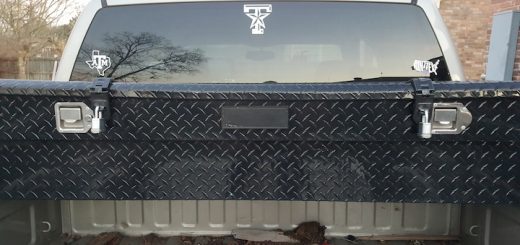Everything You Need to Know About Motorcycle Crash Bars
It’s probably safe to say that no other motor vehicles are as capable of heightening a rider’s, or a passenger’s, senses of exhilaration and awareness as motorcycles are. For first timers and new riders, climbing onto a motorcycle is the beckoning of a siren’s call to experience freedom and independence from a new, adrenaline-tinged perspective. It’s irresistible.
For older riders, it’s not so much a call as it is a whisper: an invitation to drift into one’s own thoughts while they simply enjoy the scenery. Riders enjoy being outdoors as much as they want to enjoy their bikes, but unfortunately it isn’t an undertaking that’s always perfectly vertical.
Accidents happen – bikes get dropped – and for dual sport and off-road riders, the chances of laying a bike down while traveling over rocky paths or through muddy puddles are just a fact of riding. Responsible riders don’t take chances about using protective gear like helmets, boots and armour to protect themselves. But now, let’s take a look at what can be relied on to prevent the bike itself from sustaining costly damage.
Passive bike protection
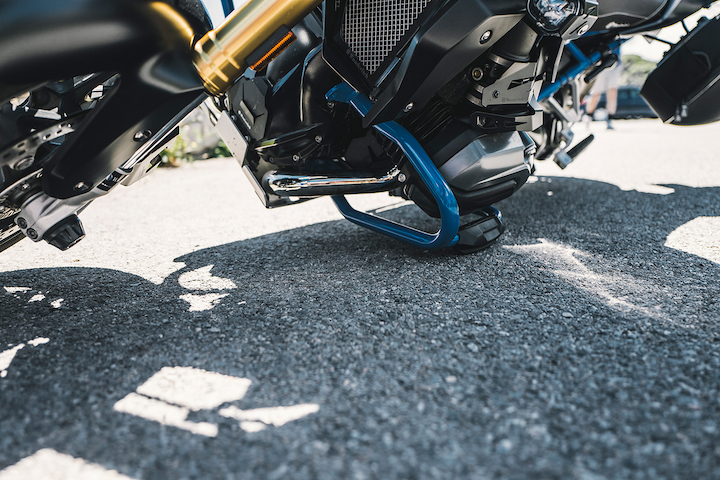
The reality for every biker, no matter how cautious they are, is that once gravity decides to impose itself, the best anyone can do is minimize the damage, and the sturdy motorcycles parts most commonly relied on to do that are crash bars. Sometimes called engine guards, the crash bars are upper or lower frame mounted reinforcements that protect essential engine parts from costly damage in the event a bike inadvertently gets laid down or is involved in an accident.
High tensile, 22mm and 25mm tubular steel stock, the balance between strength and weight, are the basis of these bolt on safety appendages. And while they’re capable of offering some marginal protection to gas tanks and other forward areas of bikes, crash bars are primarily intended to shield vital engine components like:
- Cylinder heads;
- Side covers;
- Radiators;
- Induction systems; and,
- Crankcases.
Make no mistake: motorcycles are expensive, and the cost to repair or replace any of the crucial motorcycles parts after almost any rocky run-in is going to be expensive unless you find a store with great deals. And you can rest assured too that even if only a single item needs to be repaired, that a related assembly will probably need repairing or replacing as well. For most riders, that prospect alone justifies investing in a good set of crash bars and you can find custom fabricated, powder-coated sets that mate perfectly to the frames of popular sport bike lines like:
- Honda CRFs ;
- BMW F-series and R-series;
- KTM Enduros and Adventures;
- Kawasaki Vulcans;
- Triumph Tigers;
- Suzuki DLs and GSFs; and,
- Yamaha FZs, XVs and XTs.
Crash bars provide the kind of passive protection that, depending on your make and model of bike, can prevent a massively frustrating situation from becoming an excruciatingly costly one as well.
Solid construction
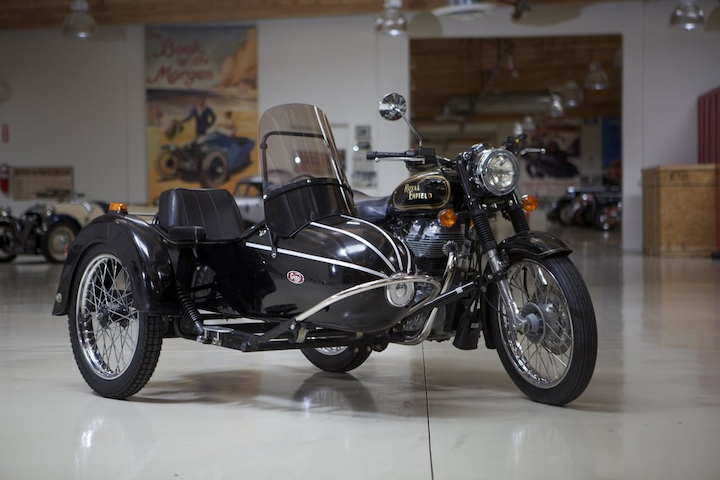
If you ride, then you already understand that the most improbable of damages can occur from taking the least likely of tumbles. And you understand too that not all tumbles are the same, or the result of some great misdeed. It doesn’t matter if it’s a foot peg or an exhaust: when a 300kg bike goes horizontal, things can break. And it can happen just as quickly in the middle of your mate’s driveway as it can down a rocky ravine.
Crash bars are effective at limiting the kind of damage that might otherwise prevent a rider from getting back on their bike and (if necessary) nursing it home instead of finding themselves stuck on a hillside somewhere with a handful of ripped off bits and a really bad attitude.
That degree of survivability isn’t rocket science, but it’s very much in the simplicity of construction. A well-designed crash bar set-up will install easily as well as remove easily to allow maintenance. And it’s that same level of simplified engineering that, in case of an accident, allows the force of the impact to be distributed across multiple points throughout the frame.
- That’s why high-quality crash bars:
- Require no welding or drilling to install;
- Utilize multiple bolt-on points; and,
- Employ bolt designs that bend on impact without snapping.
Crash bars won’t make your bike damage-proof, and they certainly won’t prevent your bike from every going horizontal again, but they go a long way toward ensuring that whatever damage you incur doesn’t leave you high and dry.
The conclusion
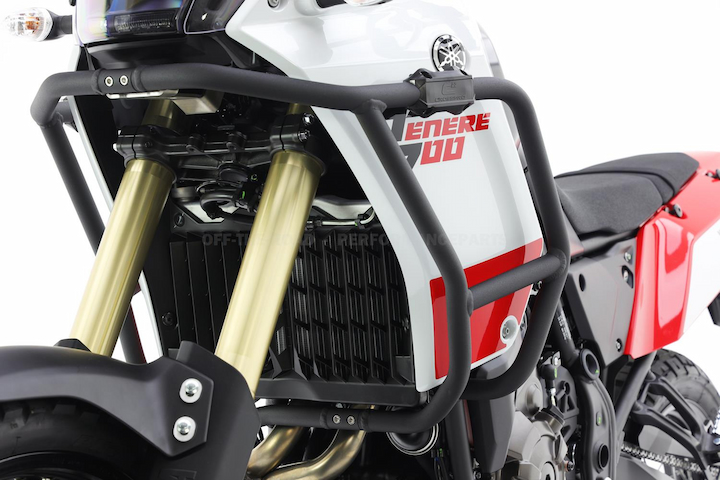
At the end of the day, it’s important to remember that crash bars won’t suddenly make a bike impervious to damage. They only protect a relatively small area – the engine – and even then, it still only takes falling on just the right object (positioned at just the right angle, of course) to gouge through a radiator, strip off an oil cooler, or to rip a side cover open like a tin of tuna.
Handlebars, turn signals, forks, and yes, even riders, are still very much subject to gravity’s impulses; but crash bars are the motorcycle parts that you can confidently count on to protect your bike’s engine.
Combining crash bars with other protective features gives both you and your bike the best chance of coming through an accident with minimal damage. If you hadn’t considered them previously, then you should certainly do so before packing out for your next adventure. When the time comes that you’ll actually need them, you’ll be glad you installed them.
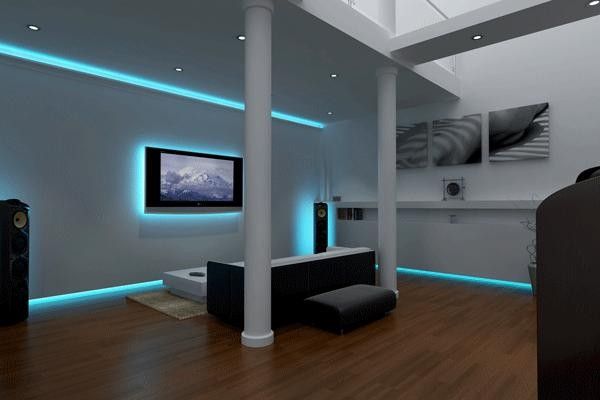

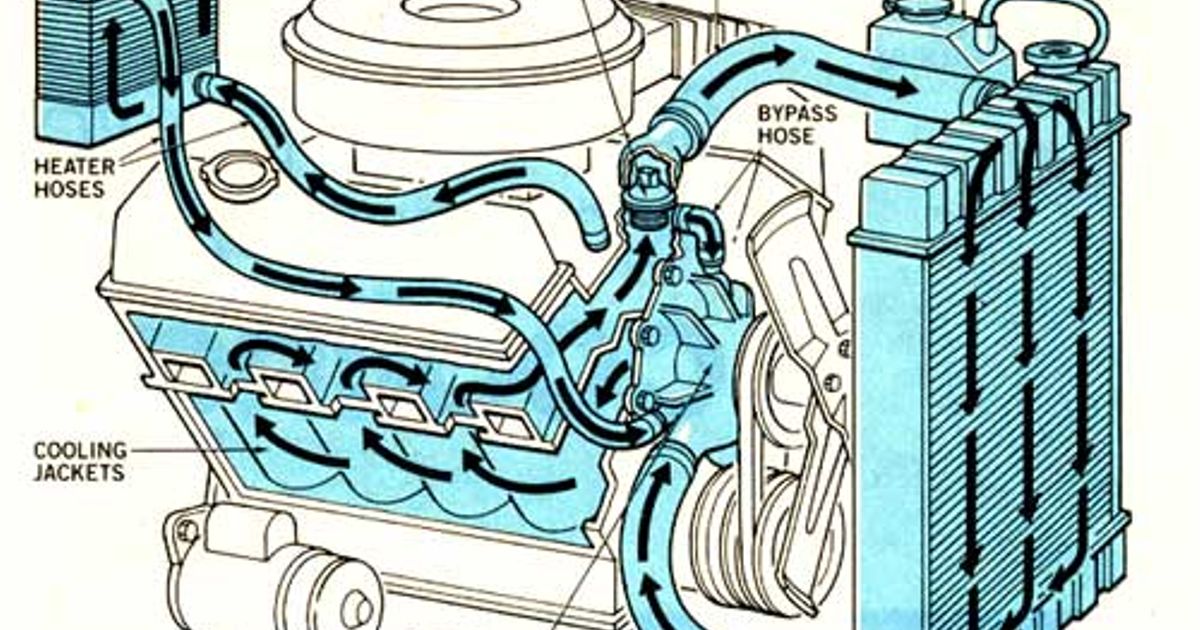
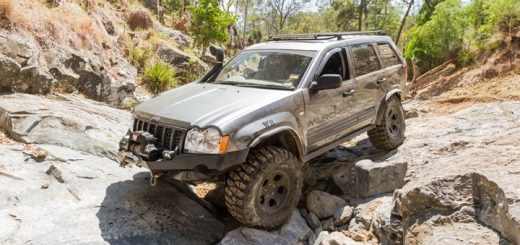
![AFX Sauber F1 C44 Stake No24 Slot Car [22092]](https://www.availableonline.com.au/wp-content/uploads/2025/06/6ccd9e30-c6fa-4910-9081-5fcc3ba80b04__60843-520x245.jpg)


